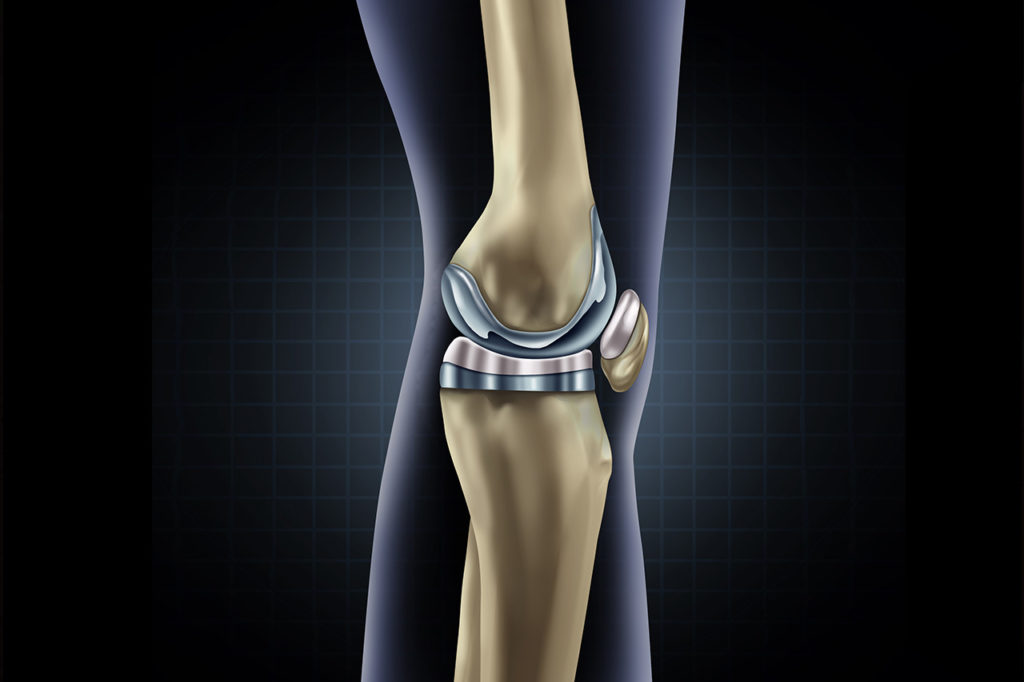Osteoarthritis [OA] is a common age related degenerative arthritis. It most commonly affects the knee, however other joints like hip, shoulder, joints of hand can also get affected. In osteoarthritis the smooth articular cartilage of the knee breaks down and abnormal bony growths called osteophytes develop.
Gradual onset of knee pain, stiffness and swelling are typical problems of a knee osteoarthritis patient. Pain is typically worse with certain activities, such as bending, kneeling, squatting, sitting cross legged or stair climbing. These are typically associated with further increase in weight, diabetes mellitus, high blood pressure and reduced quality of life.
There are several risk factors that predispose a person to osteoarthritis of the knee including advanced age, obesity, sedentary life style, heredity etc.
Treatment of osteoarthritis is often multi modal. There is no cure, but treatments are available to manage symptoms. Long-term management of the disease will include several factors:
- Physical Activity
Exercising is one of the best treatments available for OA. It may be difficult to imagine working out when your joints are hurting, but they form an integral part of the holistic treatment of OA knee.
- Weight Reduction
Excess weight increases the stress on already arthritic knee. Losing weight can help people with OA reduce pain and limit further joint damage.
- Medications
Pain killers: These include drugs called NSAIDs and other medication. Long term indiscriminate use of NSAIDs is to be condemned strongly and is associated with kidney , liver, gastric and other side effects.
Topical applications: Gels and sprays help in relieving pain and are not associated with many ill effects. Application of local heat is also effective in relieving some pain..
- Hyaluronic acid injection into the knee. Hyaluronic acid occurs naturally in joint fluid, acting as a shock absorber and lubricant. However, the acid appears to break down in people with osteoarthritis. The injections are done in a doctor’s office.
- Physiotherapy
Physiotherapy helps in overcoming pain by means of guided exercises, assistive devices like belts and braces etc
- Surgery
Joint surgery can repair or replace severely damaged joints. Joint replacement surgery is now a routinely done procedure and has added life to years of many severely disabled patients with osteoarthritis. Patients can expect good pain relief, functional range of movements and improved quality of life a joint replacement surgery if done correctly in an indicated patient. Arthroscopic surgery is also offered to some patients with a definite indication.

